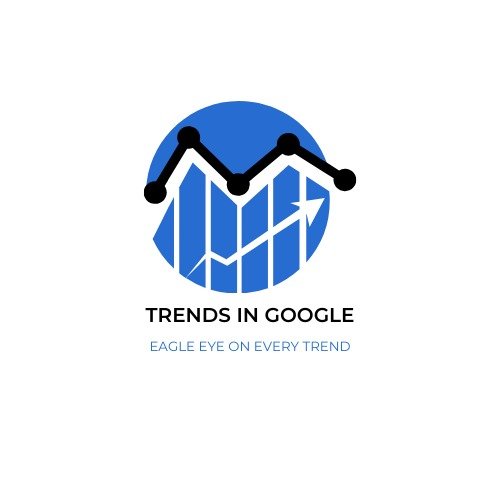Sci and tech
Apple is breaking ties with Goldman Sachs leaving future Apple in doldrums
In a surprising turn of events reported by the Wall Street Journal, Apple is breaking ties with Goldman Sachs and seeks to sever its partnership with Goldman Sachs concerning all consumer-facing financial services, including the Apple Card and the recently introduced Apple Card Savings accounts. According to sources familiar with the matter, Apple has proposed terminating the partnership within the next 12-15 months, introducing an air of uncertainty around the future of these financial offerings.
What’s in Apple’s Proposal?
Apple’s proposition, outlined in a term sheet, introduces the possibility of ending the multiyear contract with Goldman Sachs sooner than initially planned. However, this would only come into effect if Apple successfully identified an alternative provider for the two financial services. The move suggests a potential shift in Apple’s strategy regarding its foray into the financial sector.
The Backstory of the Apple Card and Savings Account Launches
Launched in August 2019, the Apple Card, a collaboration between Apple and Goldman Sachs, promised a “new level of privacy and security” for US consumers. The associated savings account, introduced later, offered an attractive 4.15% annual interest rate, surpassing average rates in the US. However, this ambitious venture has reportedly been a financial strain on Goldman Sachs, aiming to expand its consumer presence.
A Bumpy Road for Apple and Goldman
The partnership between Apple and Goldman Sachs faced initial challenges, particularly regarding advertising. Disagreements arose over how to market the Apple Card, with Apple’s desire for superlatives conflicting with Goldman’s caution. Despite this, the credit card, integrated into Apple’s tap-to-pay wallet service, Apple Pay, received a positive reception from consumers.
The Uncertain Fate of Apple Card Users
While the termination of the partnership does not imply an immediate disruption for Apple Card users, questions arise about the future benefits, rates, and rewards associated with the service. Regulatory safeguards prevent abrupt service halts or adverse impacts on credit ratings, but changes could be on the horizon within the next year or two.
Apple’s Financial Sector Exploration
Apple’s journey in the financial sector extends beyond the Apple Card partnership. The introduction of services like Apple Pay Later, which allows users to split purchases into four equal payments, indicates the tech giant’s ongoing exploration of financial innovations. Apple Financing LLC, a subsidiary of Apple, backs this service.
A Shift in Strategy?
As Apple navigates the complexities of ending its partnership with Goldman Sachs, the tech giant continues to seek ways to generate value from its vast user base. With over 75% of iPhone owners already using Apple Pay, the company’s move away from traditional financial partnerships aligns with its history of gradually assuming more control over its services, as seen in the transition from Intel processors to in-house-designed chips for Mac computers.
In response to inquiries, Apple refrained from confirming the move but emphasized its commitment to innovation. “The award-winning Apple Card has seen a great reception from consumers, and we will continue to innovate and deliver the best tools and services for them,” stated Apple. On the other hand, Goldman Sachs chose not to comment on the matter.
In conclusion, Apple is breaking ties with Goldman Sachs, and the future of the Apple Card and associated financial services is poised at a crossroads as Apple explores alternative paths, potentially reshaping the landscape of consumer-facing financial offerings in the tech industry.
5 Interesting Points Related to the Apple Card and Goldman Sachs
- Apple Severs Ties with Goldman Sachs: Proposal to end consumer financial services partnership, creating uncertainty for Apple Card users.
- Fate of Apple Card Users: Future benefits, rates, and rewards may change within the next year or two.
- Alternatives After Goldman Sachs: Apple’s potential partners are unclear; American Express approached previously, and Synchrony Financial is interested.
- Apple’s Financial Exploration: Beyond Apple Card, Apple delves into financial innovation with services like Apple Pay Later.
- Impact on Goldman Sachs: Apple Card reportedly strains Goldman financially; termination prompts questions about potential losses for the bank.
FAQs
Q: What is the latest news regarding the Goldman Sachs and Apple Card partnership?
A: The latest news reveals that Apple has proposed terminating its partnership with Goldman Sachs on consumer-facing financial services, including the Apple Card and Apple Card Savings accounts, within the next 12-15 months.
Q: How will the termination of the Apple-Goldman partnership impact Apple Card users?
A: While the termination won’t result in an immediate disruption, the future benefits, rates, and rewards associated with the Apple Card could undergo changes within the next year or two.
Q: What alternatives does Apple have in mind for the Apple Card partnership after parting ways with Goldman Sachs?
A: The Wall Street Journal reports that it’s unclear if Apple has someone else in mind for the partnership. Last year, American Express was approached, and Synchrony Financial has shown interest, but nothing has been confirmed.
Q: What financial services has Apple explored beyond the Apple Card partnership with Goldman Sachs?
A: Apple has ventured into the financial sector with services like Apple Pay Later, which allows users to split purchases into four equal payments over four weeks. Apple Financing LLC, a subsidiary of Apple, backs this service.
Q: What is the potential impact on Goldman Sachs in terms of losses from the Apple Card partnership termination?
A: While the exact losses are not specified, reports suggest that the Apple Card has been a financial strain on Goldman Sachs, which was attempting to build out its consumer footprint. The termination raises questions about the impact on the bank’s financial standing.

